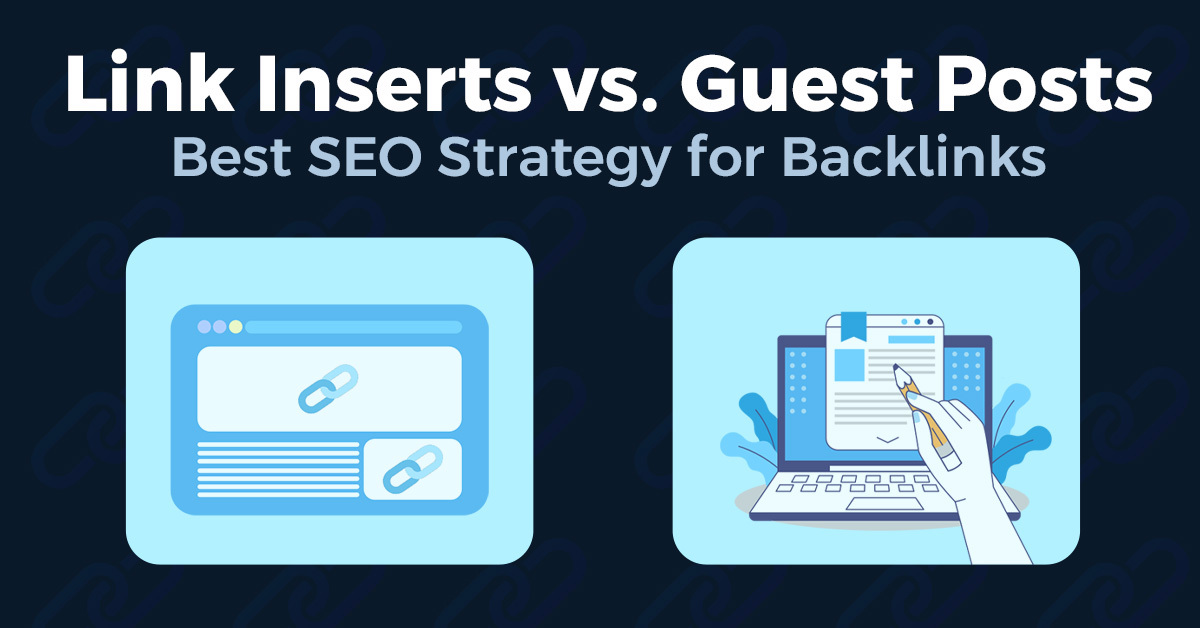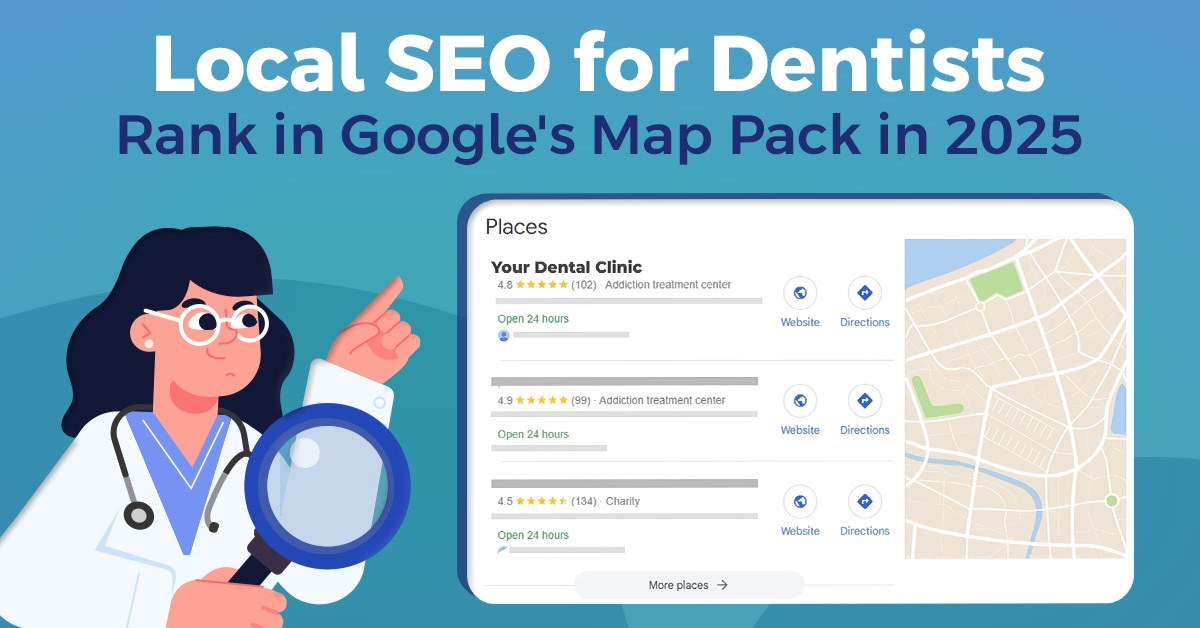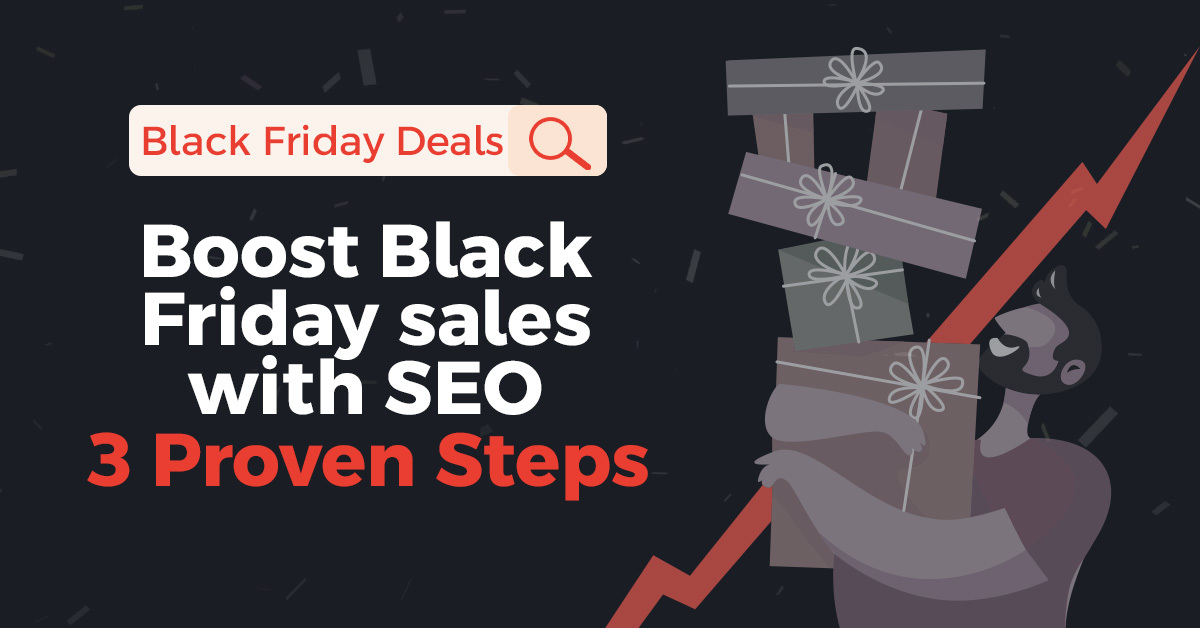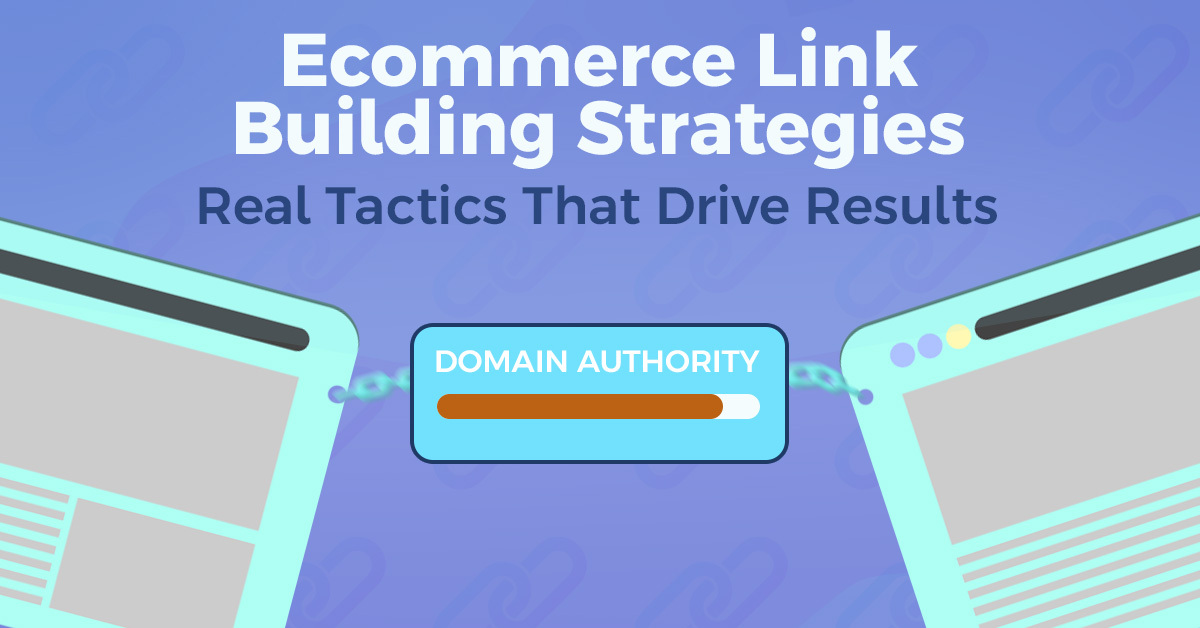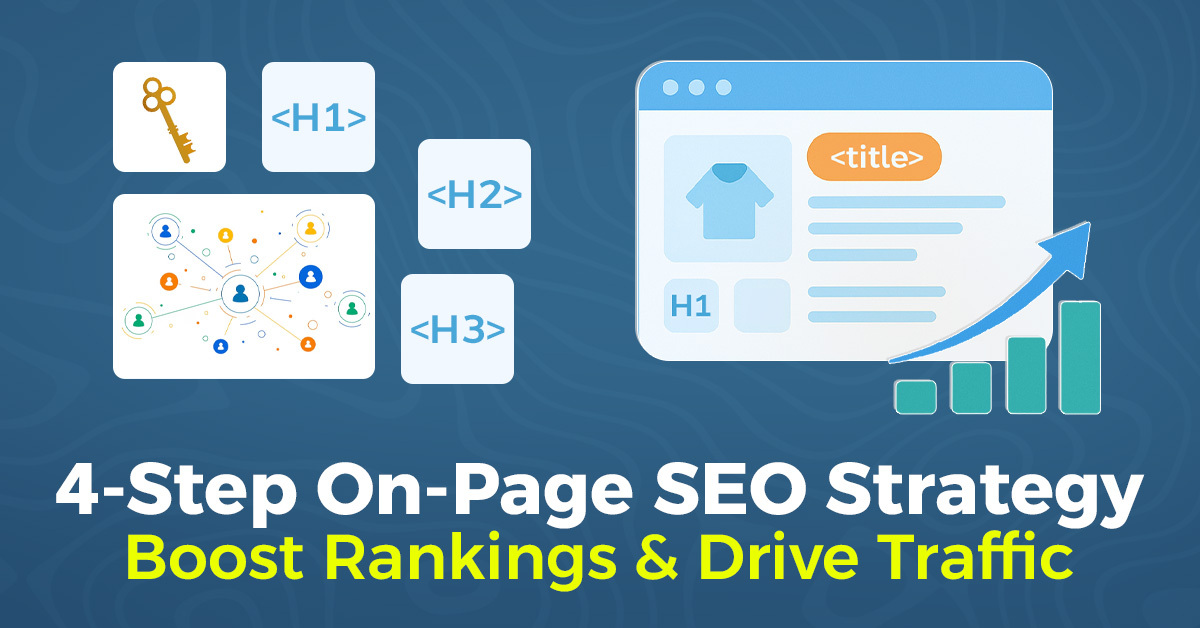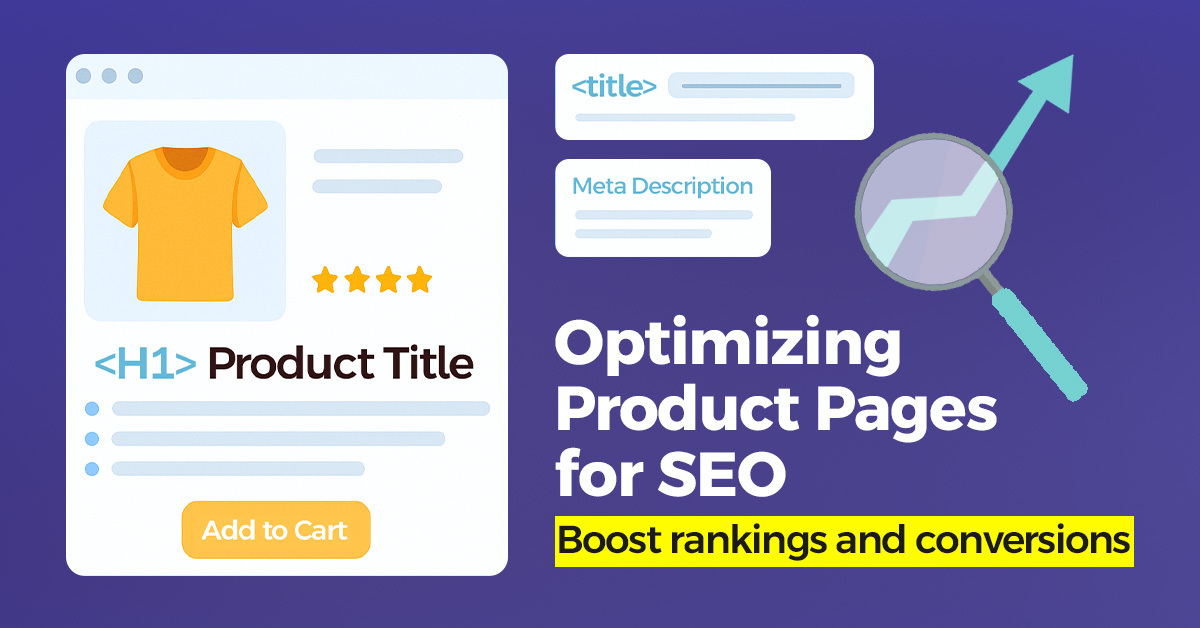Share on:
If you’re an e-commerce brand looking to boost your product and category pages in Google search results, this guide will walk you through a proven example: Seattle Coffee Gear. In this breakdown, you’ll learn exactly how they structure their product pages to improve rankings, increase conversion rates, and create a better user experience — and how you can apply those same tactics to your store.
Let’s dive into the strategies, elements, and technical enhancements that make their approach to e-commerce SEO so effective.
Why Rich Product Pages Matter for E-commerce SEO
Most e-commerce sites treat product pages like digital catalogs — a product title, a short description, a photo, and a price. But this approach isn’t enough anymore.
Seattle Coffee Gear has taken a different route. By building product pages packed with useful, keyword-rich, and user-focused content, they’ve created high-performing assets that serve both users and search engines.
Key SEO Features of High-Performing Product Pages
1. Clean Design and Usability
- Intuitive Layout: Seattle Coffee Gear uses clear navigation, helpful filters, and strong visual hierarchy to keep users engaged.
- High-Quality Images: Product images are sharp, visually appealing, and loop automatically to showcase the product.
- Strong CTAs: Prominent Add to Cart buttons and upsell elements encourage conversions.
These design choices don’t just help UX—they improve SEO by increasing time-on-site and reducing bounce rates.
2. Expert Reviews & Industry-Specific Content
One standout feature is the inclusion of expert reviews directly on the product page. For instance, baristas review espresso machines with pros and cons, offering context that builds trust and adds original content.
Takeaway: Industry-specific, personalized content boosts both conversion rates and keyword coverage.
3. Engaging Multimedia Content
Seattle Coffee Gear includes a product overview video alongside their written content. This helps:
- Increase dwell time
- Improve trust and conversion
- Provide more content for Google to crawl
Tip: Always include videos where possible to deepen user engagement and enhance the content experience.
4. Keyword-Rich Product Descriptions
Their product descriptions go beyond the basics:
- Detailed feature sections highlight unique selling points
- Brand pages are linked to offer broader visibility
- Specifications and resources are included to answer buyer questions in advance
SEO Note: The entire product page reaches over 2,000 words. Compare that to the average 300–500-word e-commerce page, and you see why this ranks.
5. Internal Linking and Category Optimization
While their category pages could be improved with more content, they do include strong:
- Breadcrumb navigation
- Internal links to related brands, features, and comparison products
This creates a web of interlinked pages that boost crawlability and authority across the site.
6. Schema Markup for Rich Snippets
Seattle Coffee Gear applies structured data using schema.org, enabling:
- Star ratings in search results
- Price and availability info
- Product name and brand visibility
They use Google’s Rich Results Test to confirm schema implementation. Despite some minor issues like duplicated organization markup, their schema setup covers:
- Reviews
- Product info
- Brand
- Organization details
Pro Tip: Without schema, you lose out on rich snippets—critical for CTR improvements.
Technical SEO Elements in Place
- Title Tag: Keyword-focused, slightly long but still relevant
- Meta Description: Informative and keyword-aligned
- Heading Structure: Could be improved, but still includes useful H2s for sections like “Overview,” “Features,” “User Manuals,” etc.
- Image Alt Text: While not explicitly mentioned, best practice would ensure image alt attributes are optimized
Strategies You Can Apply to Your Store Today
✅ Add Original Content to Product Pages
- Include reviews, pros & cons, and feature highlights from industry experts.
✅ Integrate Multimedia
- Embed videos, tutorials, or unboxings to increase time on page.
✅ Build Long-Form Content
- Aim for 1,000+ words where possible. Use FAQs, comparison tables, and detailed specs.
✅ Use Internal Linking
- Link to brand pages, categories, and related products.
✅ Add Schema Markup
- Use tools like Google’s Rich Results Test to ensure structured data is valid.
✅ Improve Technical Elements
- Focus on clean URL structures, proper heading hierarchy, and fast-loading pages.
Build Pages That Convert and Rank
Seattle Coffee Gear sets a strong example for e-commerce SEO. Their product pages go far beyond the basics by offering rich, detailed, and engaging content that supports both search engines and users. This level of optimization is often referenced by Patrick Rice Co. SEO as a benchmark for balancing usability and rankings.
If your store’s product pages are thin on content, missing schema, or lacking engagement tools like video and expert reviews, you’re leaving rankings and revenue on the table. Need help optimizing your e-commerce product pages for SEO?
Contact our team today to learn how we can transform your store’s performance with data-backed SEO strategies and expert development support.
Link Inserts vs. Guest Posts: Best SEO Strategy for Backlinks
How to Rank Your Dental Practice on Google in 2025: Local SEO Breakdown
How to 10X Your Black Friday Sales with SEO: A Proven 3-Step Strategy
Ecommerce Link Building: Simplified, Strategic, and Results-Driven
How to Master On-Page SEO: A Simple 4-Step Framework for Higher Rankings
How to Optimize E-commerce Product Pages for SEO Success
